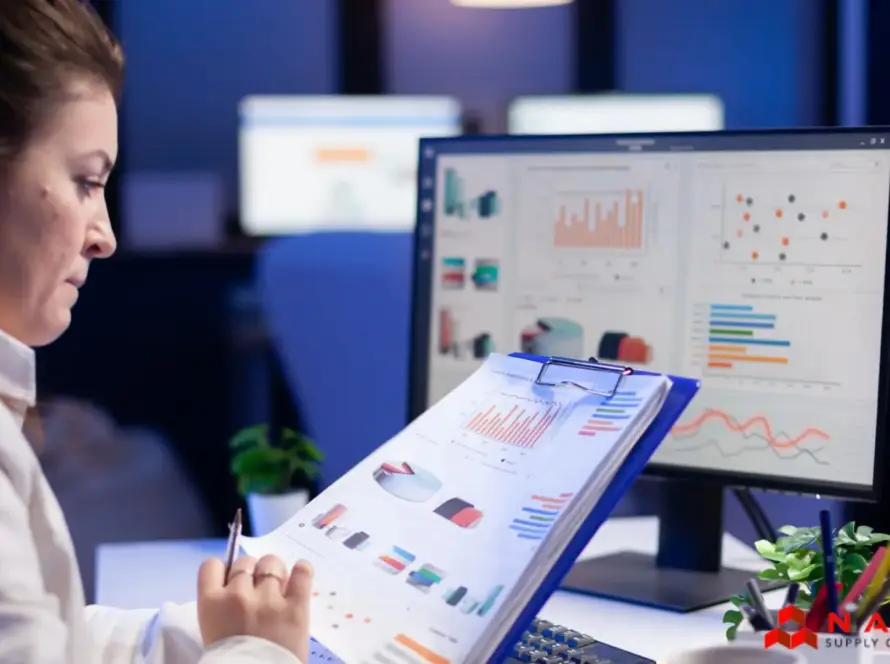Leading large-scale supply chain transformations for global giants like P&G, PepsiCo, and Accenture, Shekhar Tiwari’s career spans over 30 years of hands-on industry evolution. In this candid interview, he shares the lessons, mindset, and practical advice young professionals need to thrive in supply chain today.
Q: What has changed the most in supply chain since the ’90s?
One word: visibility.
Back then, we’d call up warehouses to ask how much inventory was left. Data was unreliable, processes were manual, and decisions relied heavily on gut instinct. Today, with ERP systems and specialized apps, you get 70–80% accurate, real-time data. Exception-based analytics lets you focus only on what truly needs attention.
If COVID had happened in the ’90s, the economic fallout would’ve been far worse. Today’s visibility and tech-driven systems helped us adapt, even under extreme disruption.
Q: And what’s become more difficult today?
Competition and customer expectations.
In the ’90s, missing a shipment meant we could catch up later. Not anymore. Now, every second counts. Time, cost, and resources are tightly constrained—and the consumer has plenty of options. If you fail once, you often don’t get a second chance.
Q: Tell us about your time at PepsiCo. What was that like?
Exciting, intense, and unforgettable. I spent over a decade there during a time when PepsiCo and Coca-Cola were battling hard for market share in India. Supply chain wasn’t just backend support—it was on the frontlines.
One of the biggest lessons from my time there: you can’t work in supply chain without thinking like sales. You need to understand how distribution works, how promotions impact demand, and how to serve outlets at the right time.
Q: You also worked closely with marketing and sales teams. Why is that important for supply chain professionals?
If you don’t understand the logic behind a sales or marketing push, you’ll either overstock or underdeliver. You need to question demand plans, challenge unrealistic targets, and co-create realistic execution strategies.
The most effective supply chain leaders are those who get involved early—during the planning phase—not after the plan is dumped on their desk. You need to think commercially and understand the economics behind each SKU, market segment, and campaign.
Q: What advice would you give to young professionals starting in supply chain today?
Think in three-year cycles—professionally, personally, and financially.
- Keep learning. The tools will keep changing—ERPs, apps, AI—but the fundamentals remain.
- Build a financial cushion. In today’s world, losing a job isn’t rare. You need six months of backup.
- Find mentors. I’ve had a “personal board of directors” guiding me throughout. It makes all the difference.
Also, don’t be swayed by people complaining about long hours. Every function—sales, finance, supply chain—has its crunch times. Stay focused, do the basics right, and avoid shortcuts.
Q: And what keeps you balanced outside work?
Hobbies. I’m a singer and part of four musical groups. I also love photography and driving. My current car is my 14th—most of them bought second-hand and driven across India.
These activities keep me grounded. Singing or driving gives me the mental reset I need. Even when I face a tough problem, sometimes I “park” it and revisit it later with a fresh mind. That perspective is priceless.
Q: Final thoughts for the Growth Hub community?
Stay curious. Stay grounded. Learn from everyone—especially the younger generation. They ask tough questions, and answering them forces you to stay updated.
If anyone from your community wants to reach out, I’m active on LinkedIn and happy to help. I also enjoy visiting colleges and mentoring students. The future of supply chain lies in how well we prepare today’s talent—and I’d be proud to be a small part of that journey..



